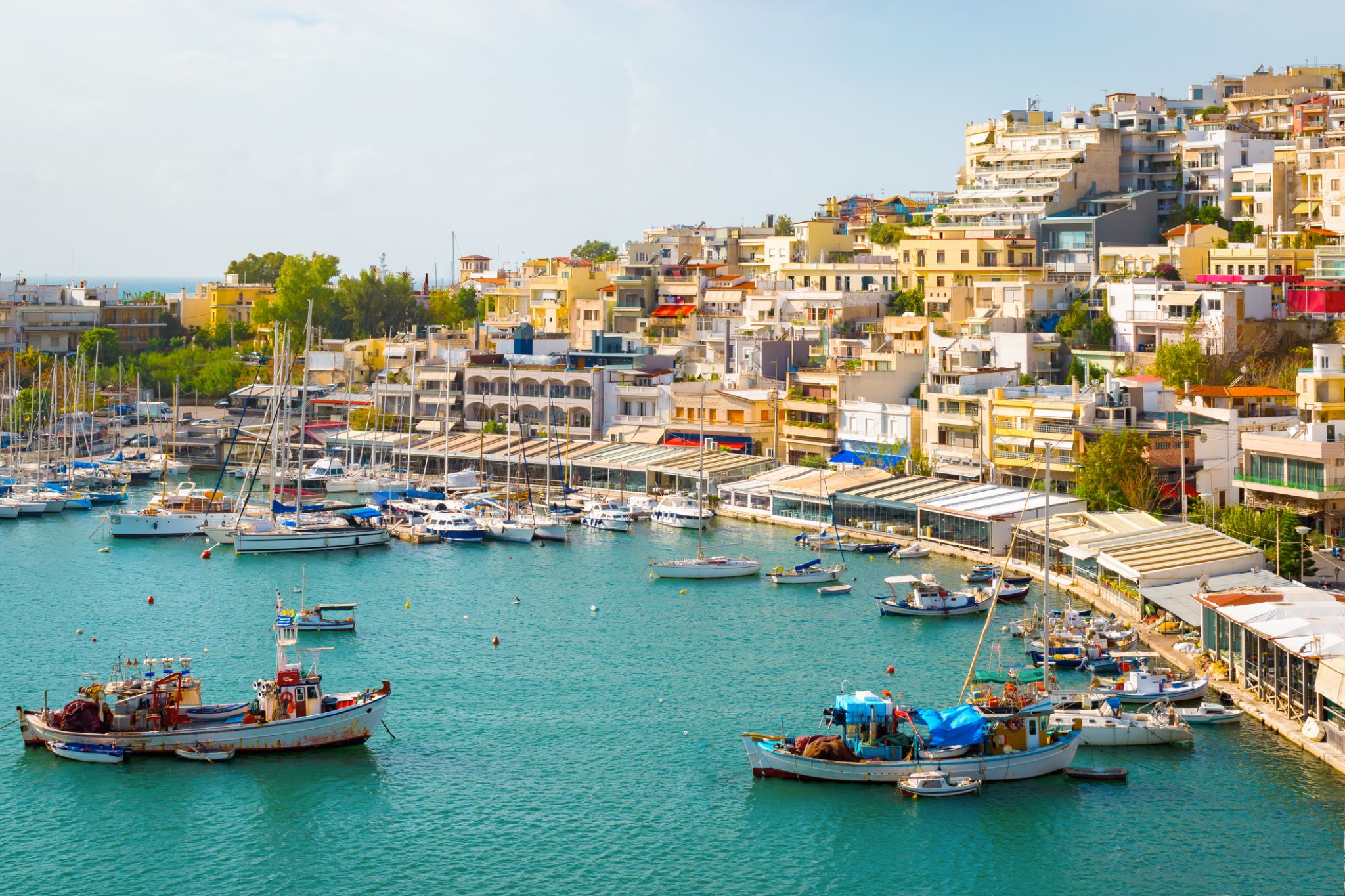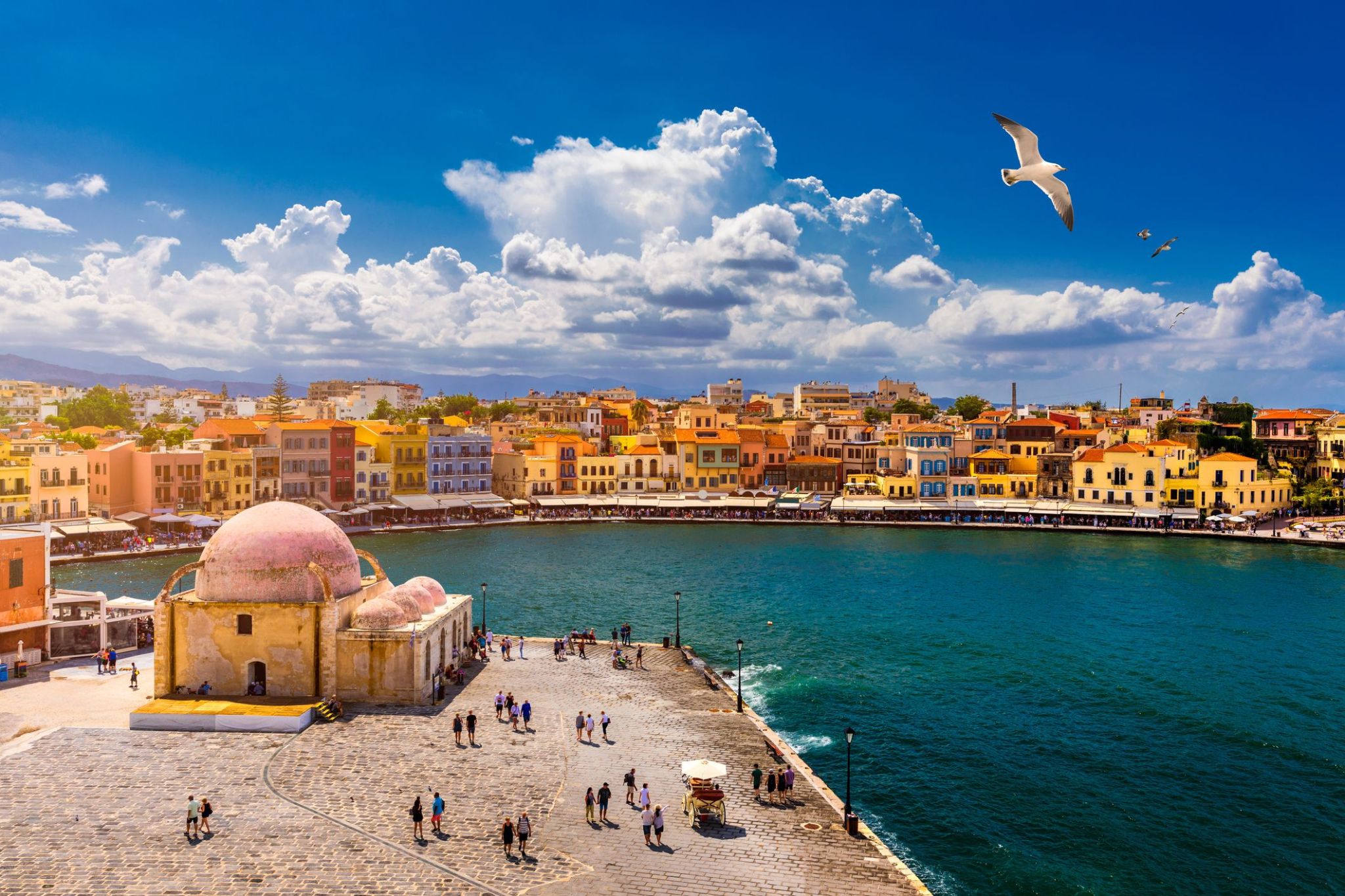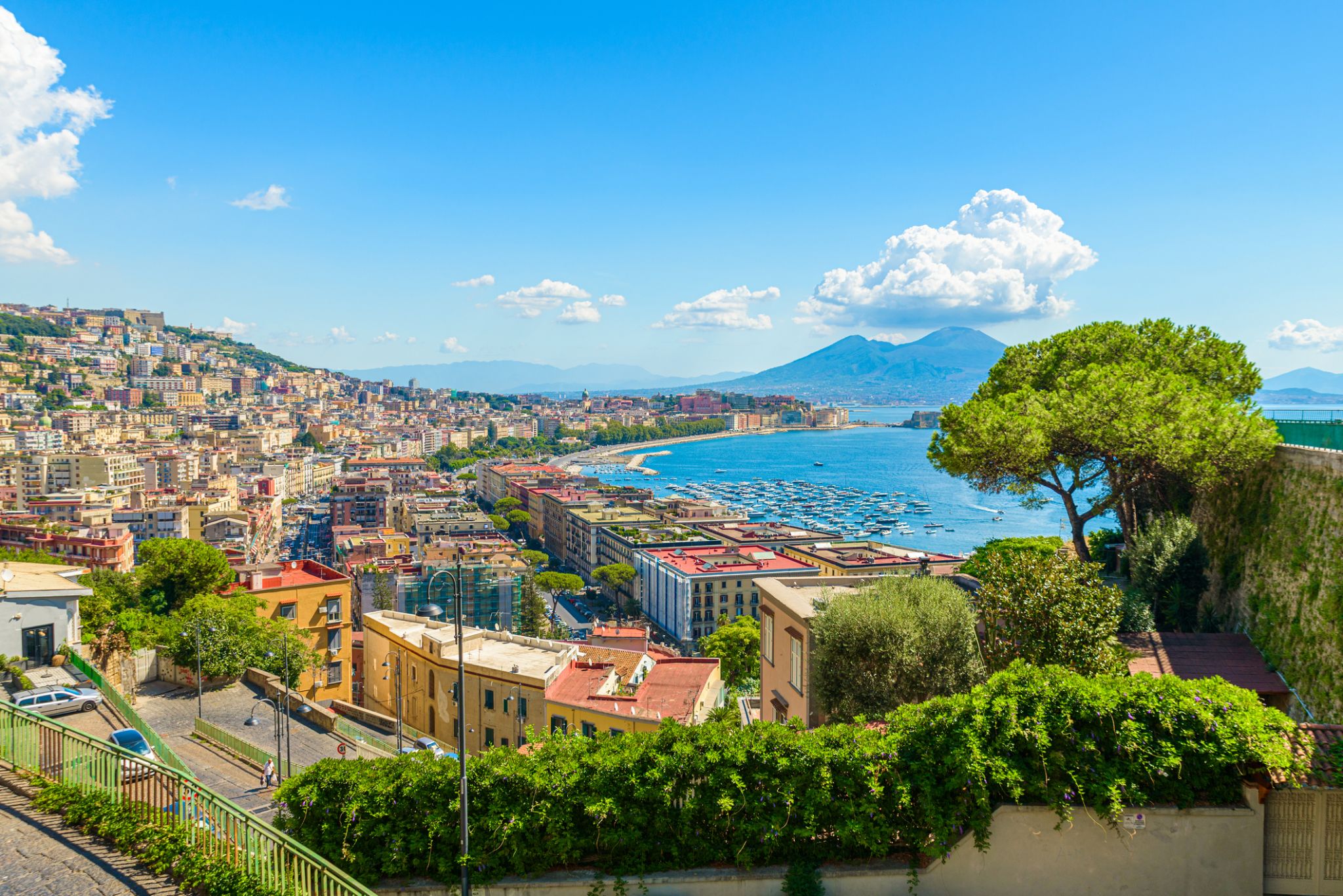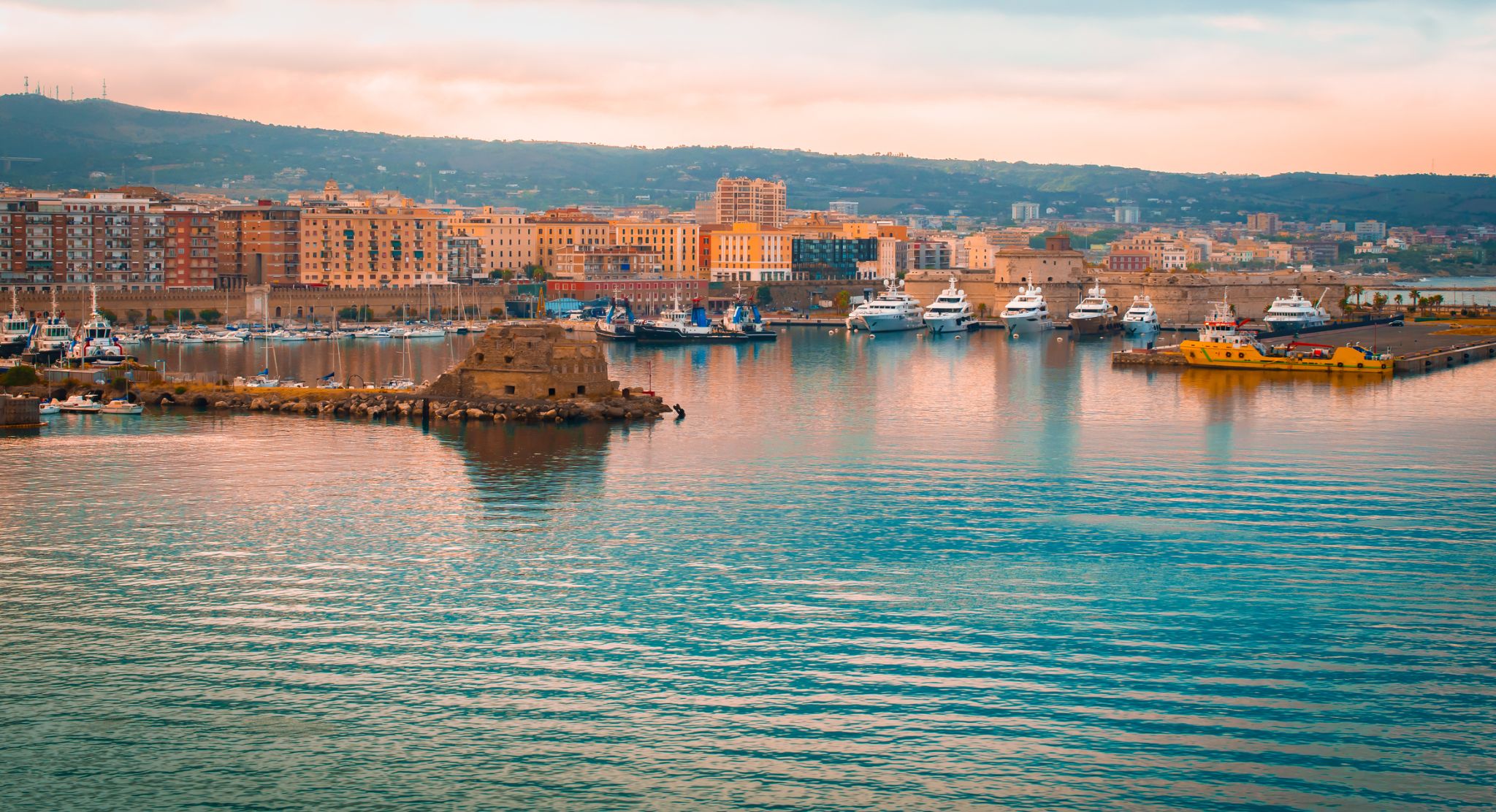

| Region rejsu : Morze Śródziemne, Europa |
| Firma : The Ritz-Carlton Yacht Collection |
| Statek : EVRIMA |
| Data rozpoczęcia : pon. 05 paź 2026 |
| Data zakończenia : pon. 12 paź 2026 |
| Liczba nocy : 7 nocy |
| Dzień | Data | Port | Wypłynięcie | Odpłynięcie |
|---|---|---|---|---|
| 1 | 5.10 pon. | Pireus (Ateny) / Grecja | 18:00 | |
| 2 | 6.10 wt. | Chania (Souda), Kreta / Grecja | 08:00 | 19:00 |
| 3 | 7.10 śr. | Dzień na morzu / Morze | ||
| 4 | 8.10 czw. | Syracuse / Włochy | 08:00 | 20:00 |
| 5 | 9.10 pt. | Taormina / Włochy | 08:00 | 17:00 |
| 6 | 10.10 sob. | Amalfi / Włochy | 09:00 | 22:00 |
| 7 | 11.10 niedz. | Neapol / Włochy | 08:00 | 16:00 |
| 8 | 12.10 pon. | Rzym (Civitavecchia) / Włochy | 07:00 |
THE RITZ-CARLTON YACHT COLLECTION – WSZYSTKO W CENIE
Niezależnie od tego, czy żeglujesz po hipnotyzujących wodach podczas luksusowego rejsu po Europie Północnej i Bałtyku, relaksujesz się w ciepłych wodach Karaibów podczas luksusowego rejsu po Karaibach, czy też wybierasz się w rejs, udogodnienia powinny być Twoim ostatnim zmartwieniem podczas rejsu z The Ritz-Carlton Yacht Collection. Wszyscy goście naszej wyjątkowej kolekcji jachtów mogą korzystać z szerokiej gamy światowej klasy udogodnień w ramach rejsu all-inclusive, niezależnie od rodzaju apartamentu i czasu trwania rejsu.
CENA ALL-INCLUSIVE OBEJMUJE:
• Pokoje z widokiem na ocean, każdy z prywatnym tarasem
• Napiwki na pokładzie
• Wiele restauracji
• Całodobowe posiłki w apartamentach
• Napoje w apartamentach i na całym jachcie
• Rozrywka i atrakcje na pokładzie
• Premium Wi-Fi, obsługujące przeglądanie stron internetowych, media społecznościowe, usługi streamingowe, rozmowy wideo i usługi VPN.
• Platforma w stylu mariny z dostępem do sportów wodnych bez użycia silnika podczas postoju na kotwicy
ANULACJE REJSÓW:
W przypadku wniosków o anulowanie rejsu otrzymanych w ciągu 150 dni przed datą rejsu naliczane są następujące opłaty za anulowanie:
150 do 121 dni przed datą rejsu opłata za anulowanie równa 25% ceny rejsu
120 do 91 dni przed datą rejsu opłata za anulowanie równa 50% ceny rejsu
90 do 61 dni przed datą rejsu opłata za anulowanie równa 75% ceny rejsu
60 lub mniej przed datą rejsu opłata za anulowanie równa 100% ceny rejsu

Pireus to stare miasto portowe, będące portem Aten i jednocześnie największym portem Grecji w dniu dzisiejszym. Pireus stanowi część wielkich Aten, które mogą poszczycić się bogactwem atrakcji, w tym unikalnymi zabytkami narodowej sztuki plastycznej.
Ponad dwieście muzeów i galerii, w tym Muzeum Historii Uniwersytetu, Muzeum Archeologiczne Keramejkos i wiele innych, gościnnie powita Państwa w swoich murach i zapozna z kulturą tej okolicy.

Chania (Souda), Kreta — Urok i historia
Chania, położona na północno-zachodnim wybrzeżu Krety, przyciąga podróżnych swoją historyczną atmosferą i malowniczym weneckim portem. Wąskie uliczki, budynki i przytulne kawiarnie tworzą unikalny urok, łącząc elementy architektury weneckiej i osmańskiej.
Souda to ważny port morski i promowy, położony w zatoce Souda, na wschód od Chanii. Port odgrywa kluczową rolę w sieci transportowej wyspy i ma strategiczne znaczenie dla regionu. W okolicach Chanii znajdują się stanowiska archeologiczne, w tym pozostałości starożytnych miast, a także atrakcje przyrodnicze, takie jak jaskinie i pomniki z czasów II wojny światowej.



Taormina to malownicze miasto na wschodnim wybrzeżu Sycylii, położone na zboczach góry Tauro, z zapierającym dech w piersiach widokiem na Morze Jońskie i wulkan Etna. Ten historyczny kurort słynie ze starożytnego teatru grecko-rzymskiego, który do dziś wykorzystywany jest do koncertów i przedstawień dzięki wyjątkowej akustyce oraz scenerii, w której niebo, morze i dymiący szczyt wulkanu tworzą niesamowite tło. Od XIX wieku Taormina przyciągała znane osobistości, artystów i pisarzy, pozostając symbolem wyrafinowanego wypoczynku i turystyki kulturalnej.
Wąskie brukowane uliczki starego miasta prowadzą do eleganckich placów, butików, kościołów i przytulnych kawiarni, gdzie serwowane są sycylijskie słodycze i świeże owoce morza. Z plaż, takich jak Isola Bella — mała wyspa połączona z lądem wąskim pasem piasku — rozciągają się widoki jak z pocztówki. Taormina słynie także ze swoich festiwali, w tym znanego letniego festiwalu filmowego. To miejsce, gdzie natura, historia i włoska elegancja łączą się w niepowtarzalną atmosferę, która zostaje w pamięci na długo.

Амальфи это город и коммуна в провинции Салерно, в регионе Кампания, Италия, в заливе Салерно. Он расположен в устье глубокого ущелья, у подножия горы Монето Черрето (1315 метров, 4314 футов), в окружении драматических скал и прибрежных пейзажей. Город Амальфи был столицей морской республики, известной как герцогство Амальфи, важной торговой державой в Средиземноморье между 839 и около 1200 годами.
В 1920-х и 1930-х годах Амальфи был популярным местом отдыха британского высшего класса и аристократии.
Амальфи - главный город побережья, на котором он расположен, называется Costiera Amalfitana (побережье Амальфи) и сегодня является важным туристическим направлением вместе с другими городами на том же побережье, такими как Позитано, Равелло и другие. Амальфи включен в список объектов Всемирного наследия ЮНЕСКО.
Покровителем Амальфи является святой Андрей, апостол, мощи которого хранятся здесь, в соборе Амальфи (Cattedrale di Sant'Andrea / Duomo di Amalfi).

Neapol to jedno z trzech największych miast Włoch, położone u stóp wulkanu Wezuwiusz na południu kraju. Miasto słynie z faktu, że lawa wulkanu pogrzebała trzy starożytne miasta, z których najsłynniejsze to Pompeje. Do dziś trwają tam wykopaliska archeologiczne, a odkryte przedmioty trafiają do Narodowego Muzeum Archeologicznego w Neapolu. W listopadzie teren Pompejów jest dostępny dla zwiedzających. Poza tym w mieście czekają katedry, pałace, place i inne atrakcje, które zachwycają turystów. No i oczywiście – tutaj spróbujesz najsmaczniejszej pizzy w całych Włoszech.

Rzym – jedno z najstarszych miast świata, niegdyś stolica Cesarstwa Rzymskiego, dziś stolica Włoch. Położony na siedmiu wzgórzach nad Tybrem, zachwyca pięknem i majestatem, którego nie da się oddać słowami – trzeba tu być. Każda rzeźba, fontanna czy budowla to dzieło sztuki pozostawione przez dawnych mistrzów. Najsłynniejsze atrakcje, które przyciągają turystów, to Koloseum – miejsce dawnych walk gladiatorów, Fontanna di Trevi, Schody Hiszpańskie, Bazylika św. Piotra – największy kościół Europy, a także Fora Cesarskie i Forum Romanum.